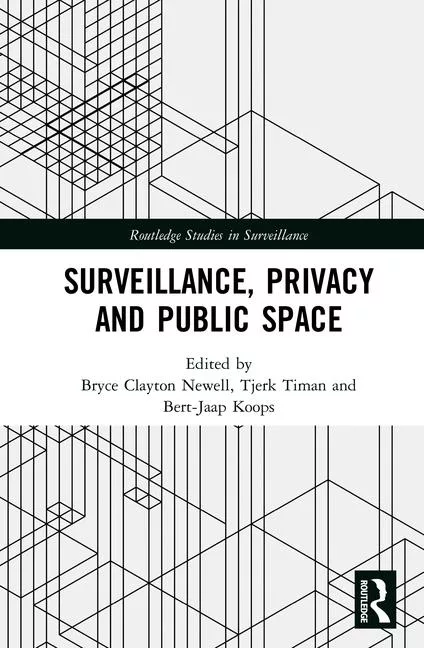NIST Report on Joplin Tornado Recommends Public Shelters and Building Codes
A NIST report about its investigation into the 2011 Joplin tornado calls for nationally accepted standards for building design and construction, and public shelters and emergency communications to reduce deaths caused by tornadoes. The tornado killed 161 people and destroyed thousands of buildings.
Safe rooms, storm shelters and nuclear power plants have tornado-resistant design standards, but no such standards exist for ordinary buildings. In its report, NIST calls for nationally accepted standards that can be adopted at the local level in building codes. It also says that hospitals and emergency operations centers should meet standards that will ensure they can remain in operation during tornados.
In the collapsed buildings that NIST surveyed, tornado winds lifted up the roofs when the connections to their walls failed, the report says. The walls then lost their bracing, leading them to collapse. In wood-frame buildings, the roofs, walls and floors did not fail, but the connections between them did.
NIST found two common design features in buildings that totally collapsed during the tornado. They used light-gauge metal in their roof systems and had wall-to-footing connections that relied on friction only, which is accepted design in areas that don't experience earthquakes.
The report also includes a number of recommendations for future research and development of technologies and strategies to advance tornado wind measurements, strengthen emergency communications, increase warning time, create more accurate tornado hazard maps and improve public response during tornado events.
The NIST Joplin tornado study was the first to scientifically study a tornado in terms of four key aspects: storm characteristics, building performance, human behavior and emergency communication—and then assess the impact of each on preventing injury or death. It also is the first to recommend that standards and model codes be developed and adopted for designing buildings to better resist tornadoes.
The report also includes a number of recommendations for future research and development of technologies and strategies to advance tornado wind measurements, strengthen emergency communications, increase warning time, create more accurate tornado hazard maps and improve public response during tornado events.
The NIST Joplin tornado study was the first to scientifically study a tornado in terms of four key aspects: storm characteristics, building performance, human behavior and emergency communication—and then assess the impact of each on preventing injury or death. It also is the first to recommend that standards and model codes be developed and adopted for designing buildings to better resist tornadoes.
Read more at http://www.redorbit.com/news/science/1113108491/nist-issues-final-joplin-tornado-report-033114/#AdufFZiLBC4s6mMp.99
The report also includes a number of recommendations for future research and development of technologies and strategies to advance tornado wind measurements, strengthen emergency communications, increase warning time, create more accurate tornado hazard maps and improve public response during tornado events.
The NIST Joplin tornado study was the first to scientifically study a tornado in terms of four key aspects: storm characteristics, building performance, human behavior and emergency communication—and then assess the impact of each on preventing injury or death. It also is the first to recommend that standards and model codes be developed and adopted for designing buildings to better resist tornadoes.
Read more at http://www.redorbit.com/news/science/1113108491/nist-issues-final-joplin-tornado-report-033114/#AdufFZiLBC4s6mMp.99
Looking for a reprint of this article?
From high-res PDFs to custom plaques, order your copy today!





